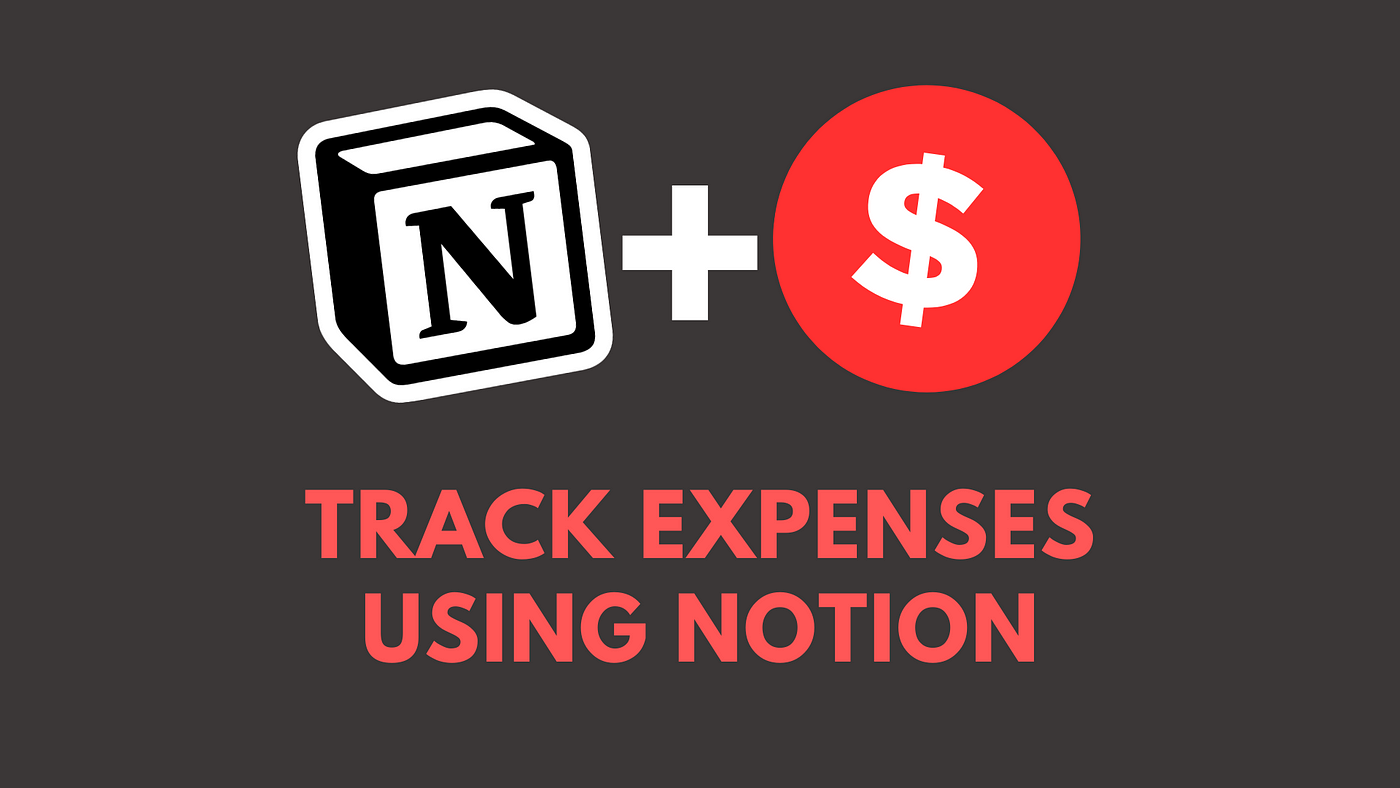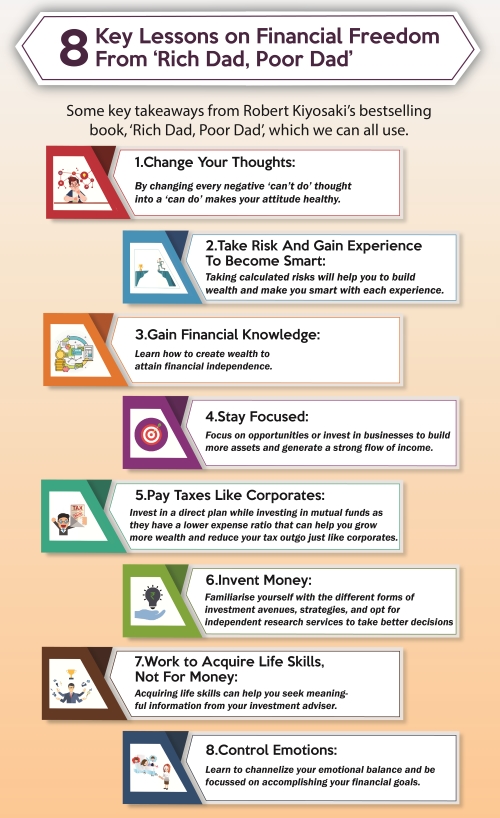Boost Your Productivity with Notion: The Key to Financial Freedom for Fathers is an article that provides 33 simple tips to enhance productivity using Notion. The tips are divided into three categories: 11 tips about Notion, 11 tips about productivity, and 11 tips on making Notion more aesthetic. The video mentioned in the article includes links to a full Notion guide and free Notion templates, along with timestamps for each set of tips. Some of the tips cover utilizing subtasks, dependencies, recurring templates, and multi-column layouts, as well as keyboard shortcuts and search features for quick navigation. The article also emphasizes the importance of having a main Notion calendar and creating a main Notion dashboard. It offers tips on favoriting pages, organizing pages in a database, and creating a navigation bar, as well as using the Notion web clipper Chrome extension for saving websites and links, integrating external apps with Notion, and watching YouTube content about Notion for more ideas and inspiration. Aesthetic tips for making Notion look better are also featured, including dark mode, customizing fonts and page width, adding animated icons and covers, creating clock and button widgets, and customizing Notion databases. Overall, this article aims to provide fathers with practical tips to boost their productivity using Notion, leading them on a path towards financial freedom.

This image is property of i.ytimg.com.
Harnessing the Power of Notion
Notion is a versatile and powerful tool that can greatly enhance your productivity in various aspects of your life. In this comprehensive guide, we will explore different ways to harness the power of Notion to boost your productivity, integrate with external apps, gather inspiration, and customize the aesthetic of your workspace.
Creating a Main Notion Calendar
One of the essential features of Notion is the ability to create a main calendar. By copying the link of your task database and placing it at the bottom of your dashboard as a calendar view, you can have a visual representation of your schedule at a glance. This allows you to easily see what tasks, meetings, or events you have on a specific day, week, or month. You can also drag and rearrange them as needed, making it a convenient and efficient way to manage your time.
Creating a Main Notion Dashboard
To navigate between your various Notion pages more efficiently, it is recommended to create a main Notion dashboard. This dashboard can include all your most important views and serve as a centralized hub for accessing your frequently used pages. By creating a list of your databases and grouping them according to their type using a select property, you can easily find and access the specific pages you need. This eliminates the need to constantly search for and switch between different pages, saving you time and effort.
Using Subtasks and Dependencies
Notion’s subtasks feature allows you to create database entries within other database entries, enabling a hierarchy of tasks within projects. To utilize this feature, simply go into the database menu and click on “sub items.” You can rename the sub items to tasks and the parent property to projects. This feature is particularly useful for organizing and managing complex projects with multiple levels of tasks.
In addition to subtasks, Notion also offers the ability to create dependencies between tasks in a timeline view. This means you can link different database entries and make them dependent on each other, ensuring that you finish the first task before moving on to the next one. This feature is especially beneficial for teams working on the same project, as it helps coordinate and prioritize tasks.
Utilizing Recurring Templates
Recurring templates in Notion are a great way to automate repetitive tasks, such as daily journaling or habit tracking. In a calendar database, you can create a recurring template button that generates a new entry based on a specified schedule. For example, you can set a daily recurring template for a journal entry that starts at a specific time each day. This saves you the hassle of creating a new entry manually and ensures that your recurring tasks are automatically generated at the designated intervals.
To take it a step further, you can even link a line graph to your habit tracking entries to visualize your progress over time. This provides valuable insights into your habits and helps you stay motivated to maintain positive routines.
Implementing Multi-Column Layouts
Notion allows you to create multi-column layouts within your workspace to organize and present information more effectively. When using simple blocks, you can simply drag and drop them into different columns. However, if you want to create multi-column layouts with databases, you will need to use empty blocks as placeholders. By dragging and dropping your databases into these empty blocks, you can achieve multi-column layouts within your databases.
Furthermore, if you want to create multi-column layouts inside existing multi-column layouts, you can duplicate the layout, create a toggle, and paste it inside. Then you can convert the toggle into text and delete the original toggle. This allows you to create nested multi-column layouts, enhancing the organization and readability of your content.
Keyboard Shortcuts for Quick Navigation
Learning and utilizing keyboard shortcuts in Notion can significantly speed up your workflow and navigation within the app. Some useful keyboard shortcuts include using hashtags for heading styles, square brackets for to-do lists, the greater than symbol for toggle blocks, the minus symbol for bullet lists, and the number one with a full stop for numbered lists. By familiarizing yourself with these shortcuts, you can quickly format and structure your content in Notion without the need for manual clicking and formatting.
For a comprehensive list of Notion keyboard shortcuts, you can refer to the website linked in the description of the video.
Utilizing the Search Feature
Notion’s search feature is a powerful tool for quickly finding specific pages or content within your workspace. By clicking on the search icon in the top of your sidebar or using the shortcut Control + P, you can easily search for page names or specific keywords. The search results can be further filtered using the options at the top of the search panel. This feature saves you time and allows you to locate the information you need without manually browsing through numerous pages.
Favoriting Important Pages
If you have certain Notion pages that you frequently refer to or work with, you can easily favorite them for quick access. By clicking the star icon in the top right corner of the page or using the shortcut Control + Alt + Shift + F, you can add the page to your favorites tab in the left sidebar. This eliminates the need to navigate through your sidebar each time and allows you to quickly jump to your most important pages.
Organizing Pages in a Database
Notion provides the capability to organize your pages in a database, allowing for better categorization and management of your content. By using a select property, you can group your pages based on specific criteria or categories. This enables you to easily navigate and find relevant pages within your workspace.
Furthermore, you can customize how relations are displayed in a database. By selecting the properties you want to show and choosing the appropriate display view, you can tailor the database layout to suit your preferences and improve the overall organization and clarity of your pages.
Creating a Navigation Bar
To streamline your navigation in Notion, you can create a navigation bar that provides quick access to various pages and databases. By using linked pages or databases and organizing them in a horizontal layout, you can create a visually appealing and functional navigation bar. This allows you to navigate between different sections of your workspace with ease, enhancing your overall productivity and efficiency.
Integration with External Apps
Notion has the capability to integrate with external apps, expanding its functionality and allowing for seamless collaboration and data sharing. There are several methods to integrate external apps with Notion, such as using tools like Zapier or Mike. These integrations enable you to automate workflows, sync data, and connect different software tools for a more efficient and cohesive work environment.
Using Zapier for Integration
Zapier is a popular automation tool that allows you to connect Notion with other apps and services. By creating workflows, known as “Zaps,” you can automate tasks and data transfers between Notion and various other apps. For example, you can set up a Zap to automatically create a new task in Notion when a new email arrives in your inbox, or to update a Notion database when a new entry is made in a spreadsheet.
Zapier provides a wide range of pre-built Zaps for popular apps, making it easy to set up integrations without any coding knowledge. This integration allows you to streamline your workflows, eliminate manual data entry, and ensure that information is up to date across different platforms.
Connecting Notion with Other Tools
In addition to Zapier, Notion can also be connected to other tools and services to extend its functionality. By utilizing existing integrations or APIs, you can integrate Notion with tools like Google Calendar, Trello, Slack, and more. For example, you can sync your Google Calendar events with your Notion calendar, or create Trello cards from new tasks in Notion. These integrations enhance collaboration, data sharing, and task management, making Notion a central hub for your work processes.
Integrating Mike with Notion
Mike is a project management tool that seamlessly integrates with Notion. By connecting Mike with Notion, you can create projects, tasks, and timelines in Mike and sync them with corresponding Notion pages and databases. This integration provides a comprehensive project management solution within Notion, allowing for seamless communication, task tracking, and progress monitoring.
Extending Functionality with External Apps
Beyond the specific integrations mentioned above, you can explore and integrate other external apps with Notion to enhance its functionality. Depending on your specific needs and preferences, you can connect Notion with apps for note-taking, document collaboration, time tracking, and more. By leveraging the wide array of external apps available, you can customize and tailor Notion to suit your unique productivity requirements.

This image is property of miro.medium.com.
Gathering Inspiration and Ideas
Notion provides a wealth of resources to help you gather inspiration and ideas for your workspace. Whether you’re looking for innovative use cases, organizational strategies, or aesthetic inspiration, there are various sources you can explore within Notion and externally.
Watching YouTube Content on Notion
YouTube is a valuable platform for discovering Notion-related content, including tutorials, tips, and creative use cases. Many creators share their experiences and workflows using Notion, providing insights and inspiration for optimizing your productivity. By searching for keywords related to your specific needs, you can find a multitude of videos that can help you enhance your Notion experience.
Exploring Notion Guides and Templates
Notion itself offers comprehensive guides and templates that can serve as a starting point for your own workspace. These guides provide step-by-step instructions, tips, and best practices for utilizing Notion effectively. Additionally, Notion provides a template gallery with pre-designed templates for various use cases, such as project management, goal tracking, and note-taking. These templates can be customized to suit your individual needs and preferences.
Browsing Pinterest for Aesthetic Inspiration
If you’re looking to make your Notion workspace more aesthetically pleasing, Pinterest can be a great source of inspiration. By searching for Notion-related boards or pins, you can discover creative layouts, color schemes, and design elements that can elevate the visual appeal of your workspace. From minimalistic designs to vibrant and colorful themes, Pinterest offers a wide range of ideas to suit different styles and preferences.
Using Canva to Create Custom Icons and Covers
Canva is a popular graphic design tool that can be used to create custom icons, covers, and visual elements for your Notion pages. With Canva’s intuitive interface and extensive library of design assets, you can easily customize and personalize your workspace to reflect your unique style. By incorporating custom icons and covers, you can add a visually appealing touch to your Notion pages and enhance the overall aesthetics of your workspace.

This image is property of data.personalfn.com.
Aesthetic Customization
In addition to its productivity features, Notion also allows for extensive customization to create a workspace that reflects your personal style and preferences. By implementing various aesthetic enhancements, you can make your Notion experience more visually appealing and enjoyable.
Switching to Dark Mode
Notion offers a dark mode option, which not only reduces eye strain but also provides a sleek and modern look to your workspace. By switching to dark mode, you can create a more immersive and focused environment, especially when working in low-light conditions. To enable dark mode, simply access the settings menu in Notion and select the dark mode option.
Customizing Fonts and Page Width
Notion provides the flexibility to customize fonts and page width, allowing you to create a visually pleasing and ergonomic layout. By experimenting with different font styles and sizes, you can personalize the appearance of your text and improve readability. Additionally, adjusting the page width to your preference can enhance the overall aesthetics and optimize the visual balance of your content.
Adding Animated Icons and Covers
To make your Notion pages more dynamic and engaging, you can incorporate animated icons and covers. Using platforms like Indify.co or other animation tools, you can create animated graphics that bring life to your workspace. These animated elements can be used as icons, covers, or to highlight important information, providing a visually appealing and interactive experience.
Creating Clock and Button Widgets
Notion allows you to create clock and button widgets using various methods. By utilizing formulas and properties, you can display real-time clocks or customized buttons within your pages. These widgets can be used to track time, navigate between different sections, or trigger specific actions, enhancing the functionality and interactivity of your workspace.
Extending Multi-Column Layouts
While Notion’s default multi-column layout is limited to the page width, you can extend it beyond the margins using advanced techniques. By creating nested multi-column layouts and utilizing toggles, you can create a more versatile and expansive layout. This allows you to organize and display content in a visually appealing and efficient manner.
Using Colored Columns in Board View
Notion’s board view offers the option to colorize columns, allowing for better visual differentiation and categorization of your tasks or projects. By assigning different colors to columns based on specific criteria or priorities, you can quickly identify and prioritize your work. This feature enhances the clarity and organization of your board view, making it easier to manage your tasks.
Removing Vertical Lines in Table View
If you find the vertical lines in Notion’s table view distracting or unnecessary, you can remove them for a cleaner and more minimalist appearance. By accessing the table options, you can disable the vertical lines, providing a sleek and streamlined view of your data. This customization can improve the readability and aesthetics of your table view, especially for larger or complex databases.
Hiding Titles and Changing Icons in Databases
Notion allows you to hide titles and change icons in databases, giving you the flexibility to customize the appearance of your content. By hiding titles, you can create a more streamlined and compact view, allowing more space for other data. Additionally, changing icons can provide visual cues and enhance the overall aesthetics of your databases, making them more visually appealing and easily distinguishable.
Using Callout Boxes for Organization
Callout boxes are a useful visual element in Notion that can be used for organizing and highlighting important information. By utilizing callout boxes, you can create visually distinct sections within your pages, making it easier to locate and focus on specific content. This enhances the organization and visual hierarchy of your workspace, improving overall readability and accessibility.
Creating Gallery View Databases
Notion’s gallery view is a visually engaging way to display properties and separate them with text properties. By utilizing this view, you can create gallery view databases that present your information in a more visually appealing and structured manner. This is especially useful for showcasing collections, portfolios, or any content that benefits from a visual preview. Gallery view databases provide a dynamic and interactive experience for your workspace, enhancing the overall aesthetics and user engagement.
In conclusion, Notion offers a myriad of features, integrations, and customization options that can significantly boost your productivity, enhance collaboration, and create a visually appealing workspace. By utilizing the tips and techniques discussed in this guide, you can unlock the full potential of Notion and optimize your workflow for maximum efficiency and enjoyment. Whether you’re a student, business professional, or someone looking to get more organized, Notion has the tools and capabilities to transform your productivity and elevate your workspace to new heights.




